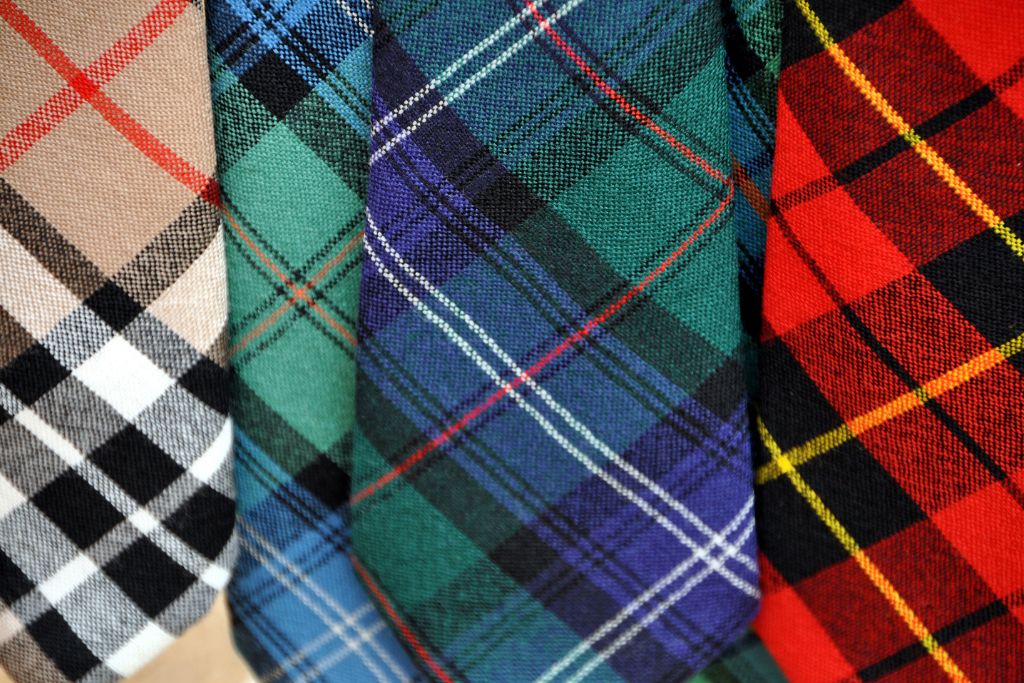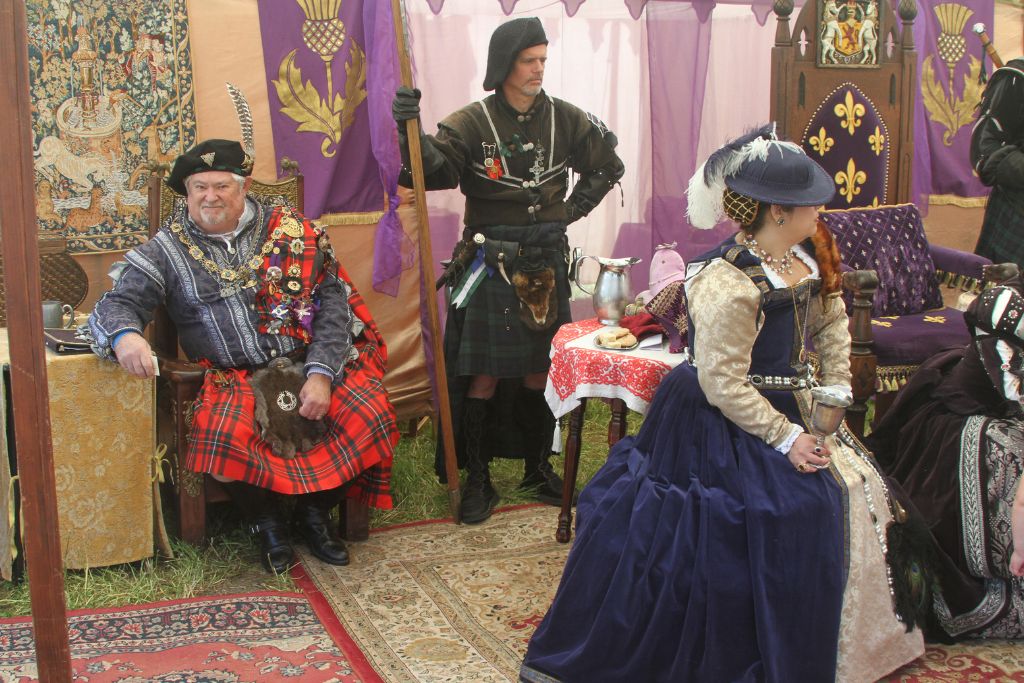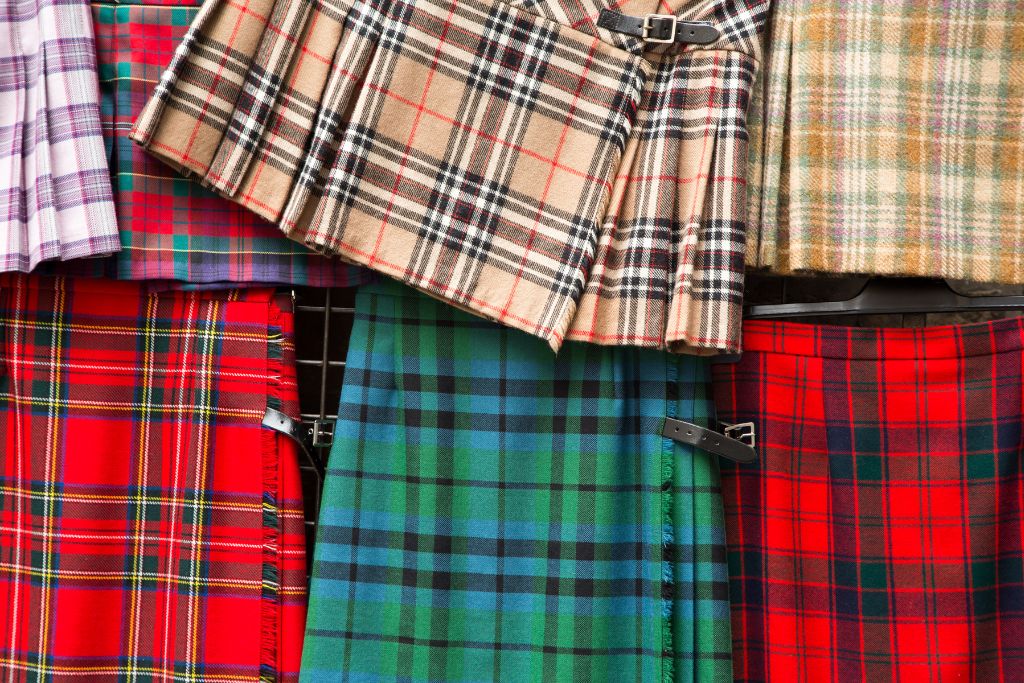Posted by Maris on 9th Oct 2023
When Did The Scots Start Wearing Tartan? And What Did It Mean?
Nothing is more symbolic of Scottish clans than the checkered patterns they wore - but how much of what we know about tartan is true? Professor Murray Pittock recounted the true history on a recent episode of the HistoryExtra podcast.
Many theories surround the origins of Scottish tartan, but where did the distinctive fabric come from and when did people start wearing it?
Tartan was clearly worn by Scottish clans as early as the 16th century, according to Professor Murray Pittock, Bradley Professor at the University of Glasgow. Tartan was also prevalent at court throughout King James IV's reign (1488-1513), as well as among Scottish k.i.l.t.e.d troops. "Tartan was much more widespread than we sometimes think it was," Professor Pittock says.

Tartan was extensively employed as an expression of Scottishness beginning in the 16th century. This was most noticeable during the Jacobite rebellions, when tartan was worn to express support for King James VII of Scotland and II of England during the Glorious Revolution.
Certain tartans, such as the Jacobite pattern designed in Edinburgh in 1713, could be used to declare allegiances without fear of repercussions. "If a Jacobite wore tartan, they couldn't be prosecuted under English treason legislation because they were merely wearing an item of clothing," Pittock adds. They didn't say anything aloud. The British government was faced with a tremendous challenge as a result of this."
Tartan was eventually forbidden under the Dress Act of 1746, as part of the Act of Proscription, in an attempt to prevent such open resistance. Wearing highland clothing became outlawed in Scotland, with the exception of soldiers in the British Army.
However, the law was not strictly enforced. "It was recorded by one observer that 90 per cent of the women in Edinburgh were still wearing plaid in 1747," says Pittock. The Act was eventually abolished in 1782, by which time highland clothing had grown less popular.
Did each Scottish clan have its own tartan?

Tartans, while typically connected with greater Scottish identity, were used to signify clan allegiances from the beginning. However, the colors we connect with familial groups today may be more recent than expected - and not always true.
Many are descended from the weaving industry established by the Wilsons of Bannockburn, who scoured the Highlands for 'ancient patterns,' as well as the bogus clan histories compiled by the Sobieski Stuart brothers in the 1830s and 1840s.
These English brothers had assumed new identities in Scotland and faked their claim to royal heritage, but they penned two imaginative - and false - histories that were widely utilized as source material for the Scottish tartan industry.
Traditionally, bright colors were worn only by the clan chief and his immediate family or retinue as a statement of status. It was costly to generate such brilliant colors as red and yellow since the dyes had to be imported. They would only be worn by a select few because they were not affordable to the general public.
"You wouldn't have seen a regimented clan all wearing the same" tartan
Murray Pittock, Professor

"You wouldn't have seen a regimented clan all wearing the same tartan," said Pittock. "The conventional argument would be that this was due to the fact that there were no 'clan tartans'." But it is just not the case. There were designs linked with clans, but only members of the officer class could afford the brightest colors."
Tartan's link with the concept of 'blood identity' was a far later fabrication. Patterns became associated with specific families beginning in the nineteenth century, and there was a growing perception that you were not supposed to wear a certain tartan unless you were a member of that family (with the exception of a few patterns such as the Black Watch and Royal Stewart, which were widely available).
Pittock claims that this was "a way of creating an ethnic identity for Scots within the wider British empire" and that it was frequently tied to military identity. Even now, formal clothing for men who wear kilts appears quasi-regimental, with epaulettes and metal buttons."
Tartan's history can be perplexing, ranging from made-up myths to prevalent beliefs. "We are still struggling out from under some of the mythology that's accumulated around the clans," Pittock said. "Although tartan was often linked to families historically, it was much more broadly linked to allegiance, identity and association."
Professor Murray Pittock is a Member of the European Academy and the Bradley Professor at the University of Glasgow; his book, Scotland: The Global History, will be published by Yale University Press on July 26. Emily Briffett wrote the words.


